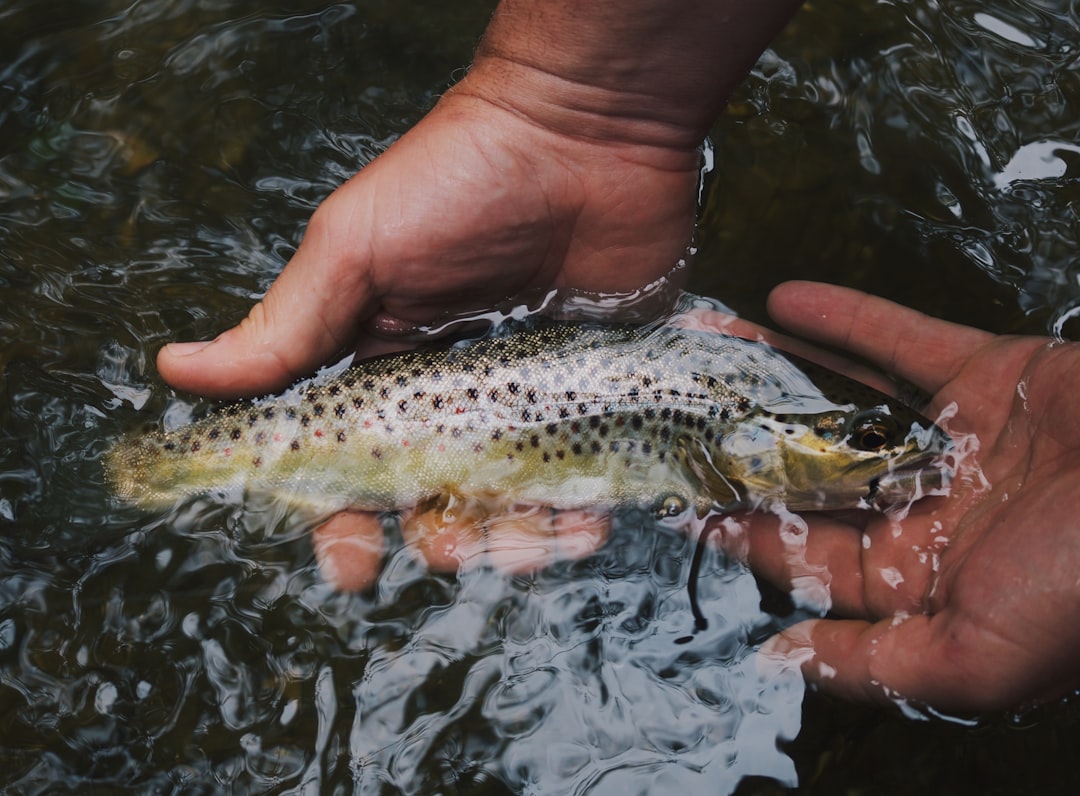What is it about?
This research shows that groups of whip spiders show a preference for trees with large, complex buttresses. These buttresses provide increased surface area and habitat complexity that may be important for maintaining whip spider groups.
Featured Image
Why is it important?
The research is among the first to study any species of whip spider in their natural environment. It provides insight into whip spider conservation and the importance of old growth forests. Furthermore, the paper develops a framework for estimating a Buttress Complexity INdex (BCI) and buttress surface area for future ecology research.
Read the Original
This page is a summary of: Microhabitat and spatial complexity predict group size of the whip spider Heterophrynus batesii in Amazonian Ecuador, Journal of Tropical Ecology, December 2013, Cambridge University Press,
DOI: 10.1017/s0266467413000850.
You can read the full text:
Resources
Contributors
The following have contributed to this page










